Seahorse
Grumpy auld mod.
I managed to beat the bad weather this morning, and went for a walk by the seaside. 
First stop was the old Coastguard lookout and cottages. I have been unable to find any info about this place, apart from a coastguard being stationed here back in the late 1800's. It has now rather obviously been abandoned for some considerable time.
It does look at first glance as if the lookout is a little bit lost, since much of the view of the sea is hidden behind sand dunes 100 feet high.
But I guess the sand was quite possibly not there during the early years of the station's life. In fact, the nearby Loch of Strathbeg at one time was open to the sea, until a huge storm threw up so much sand, the loch became land locked, leaving a ship loaded with slate trapped forever. So the dunes being in a constant state of flux, it's understandable how the view could become obscured over the years.
Anyway's on with the pics...
The road up to the site, showing the cottages and lookout...
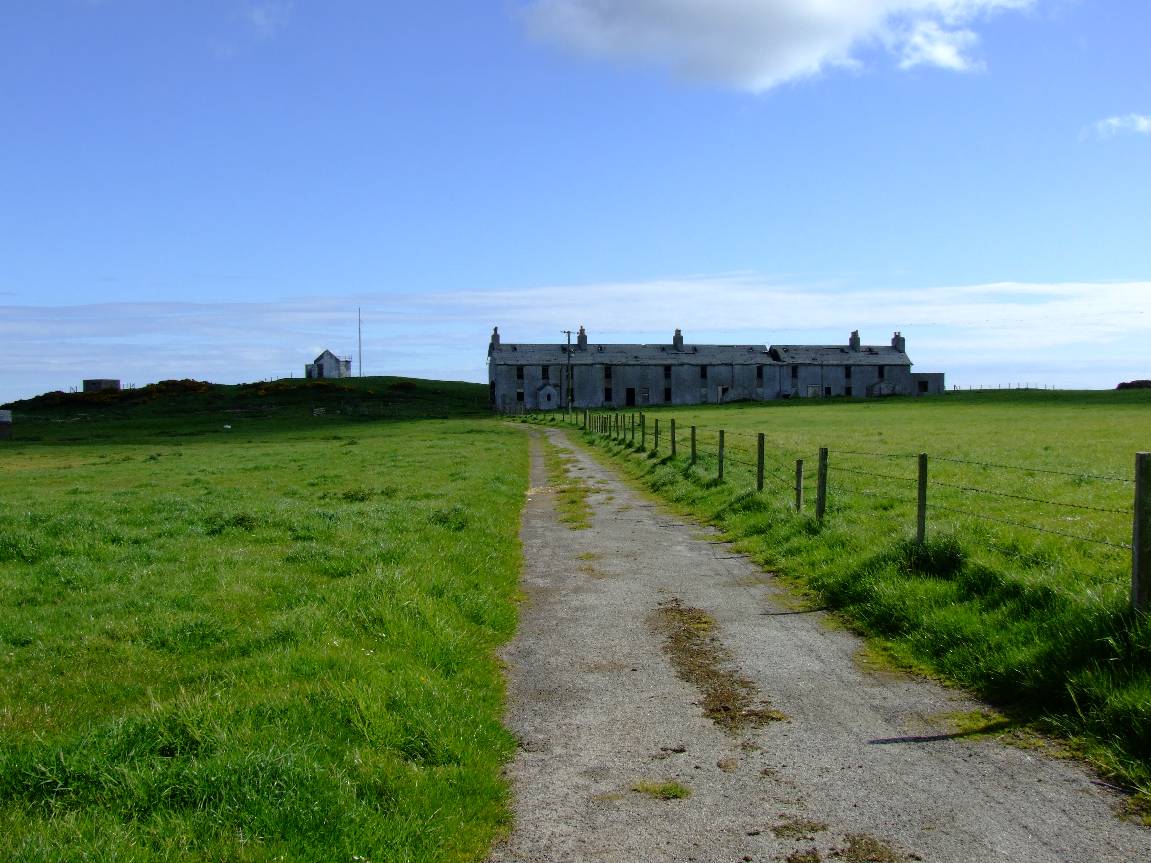
A wee pump house? A nearby burn looks a likely candidate for a water supply...
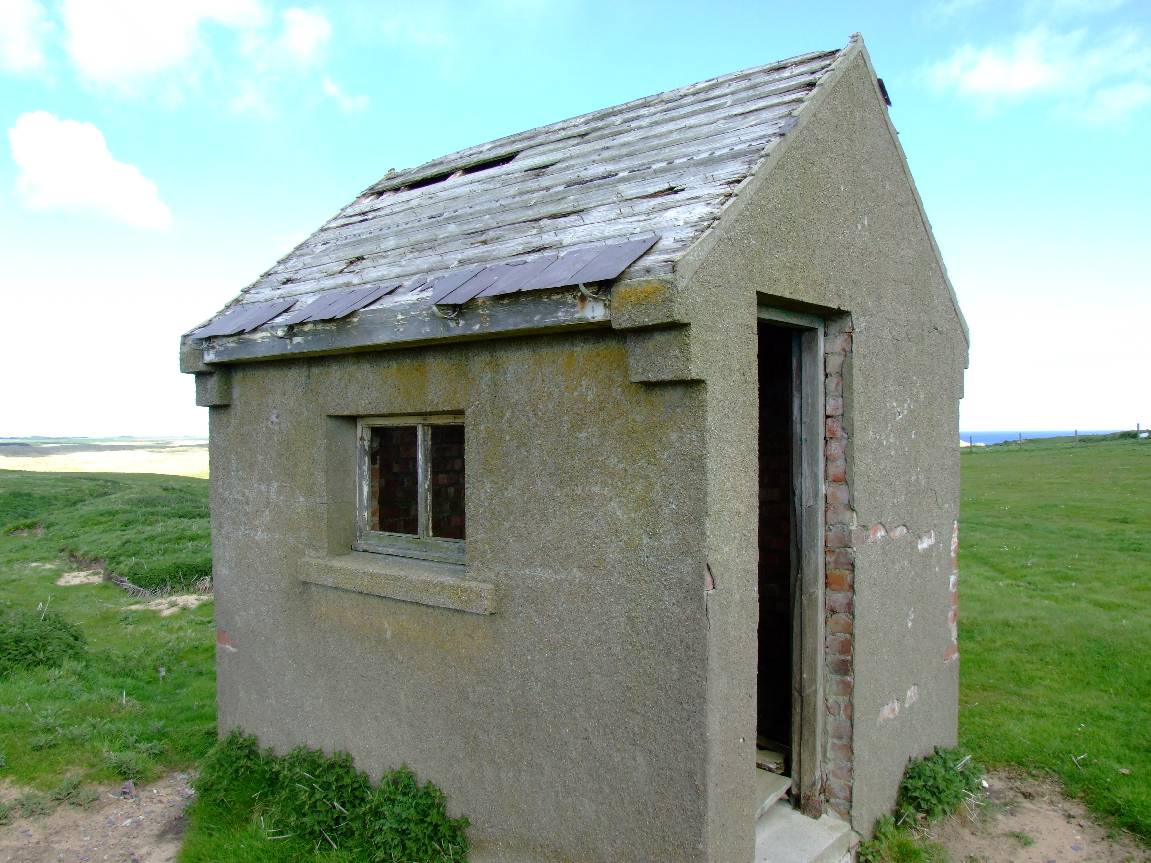
Looking a little bit dry now, but the pump house was connected to here...
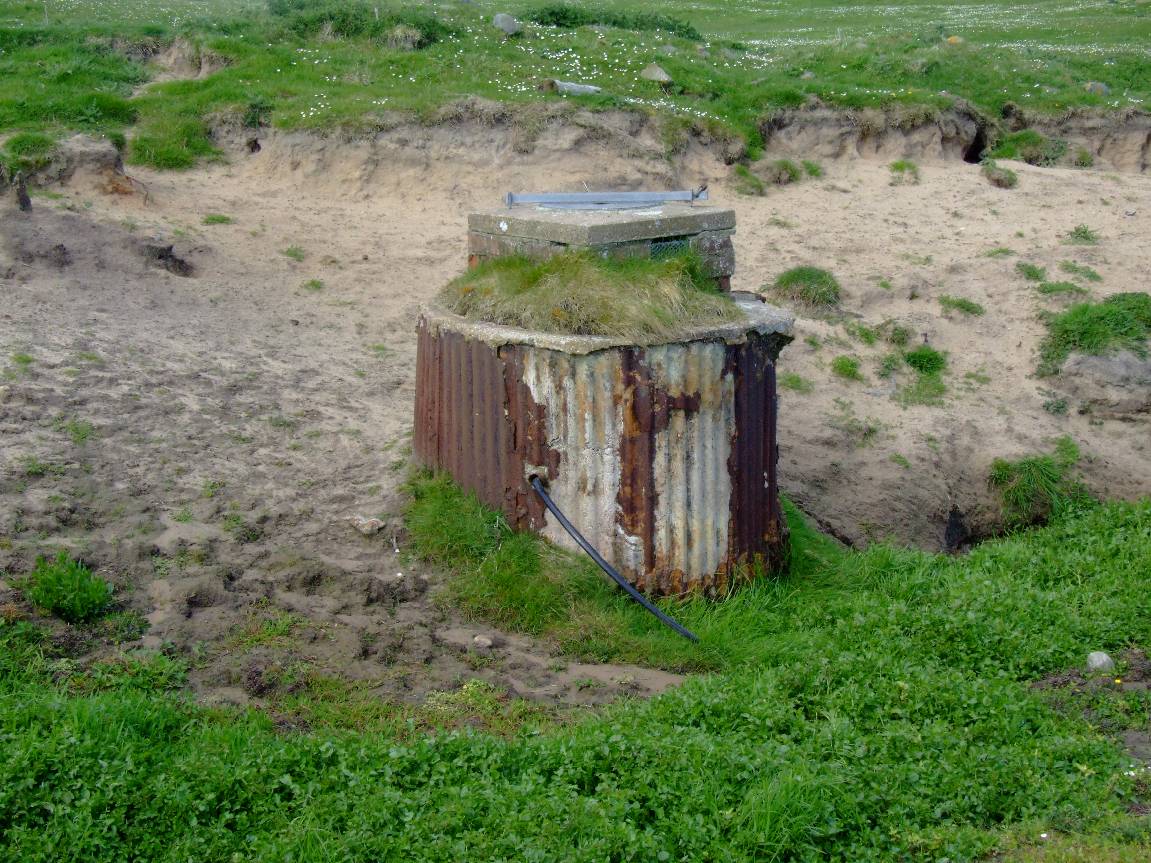
The cottages were terraced, each having three stories...
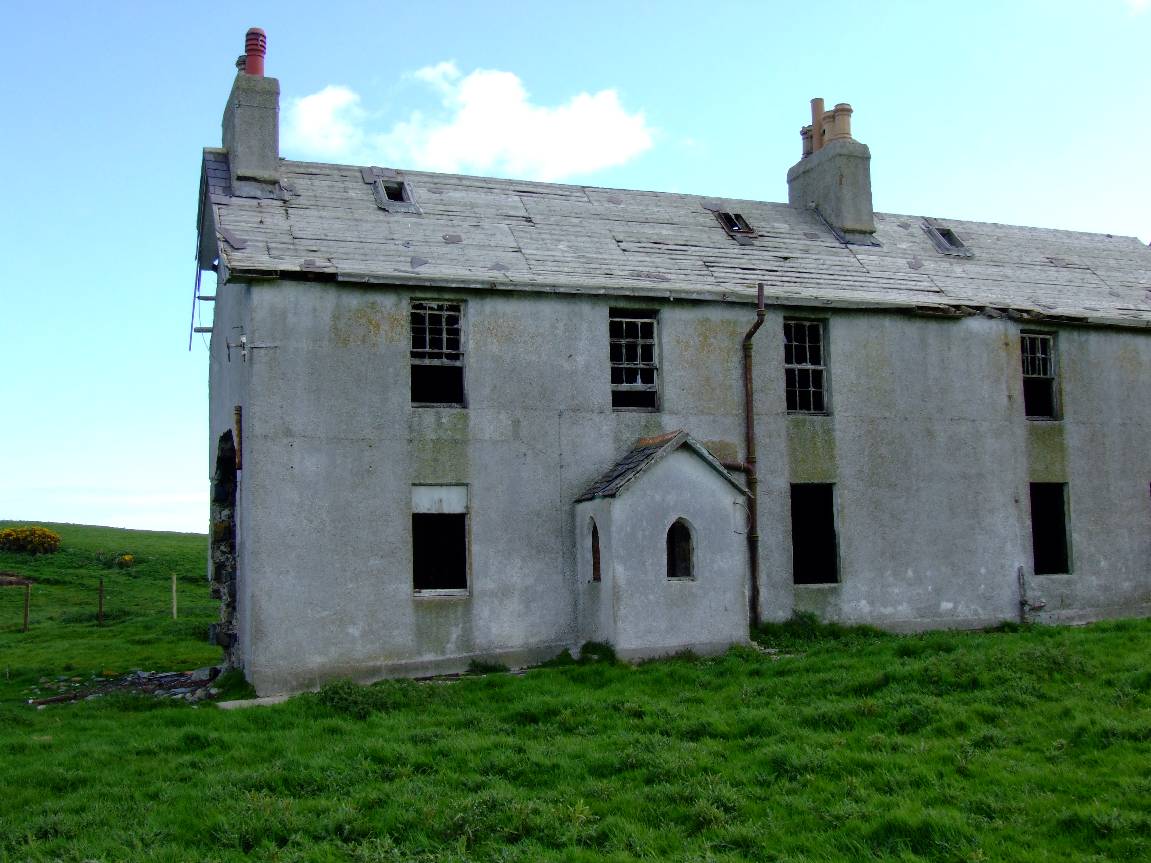
Water was obviously very precious, and every effort made to collect it and store for dry periods. Note the water tanks, fed from the gutter downpipes...
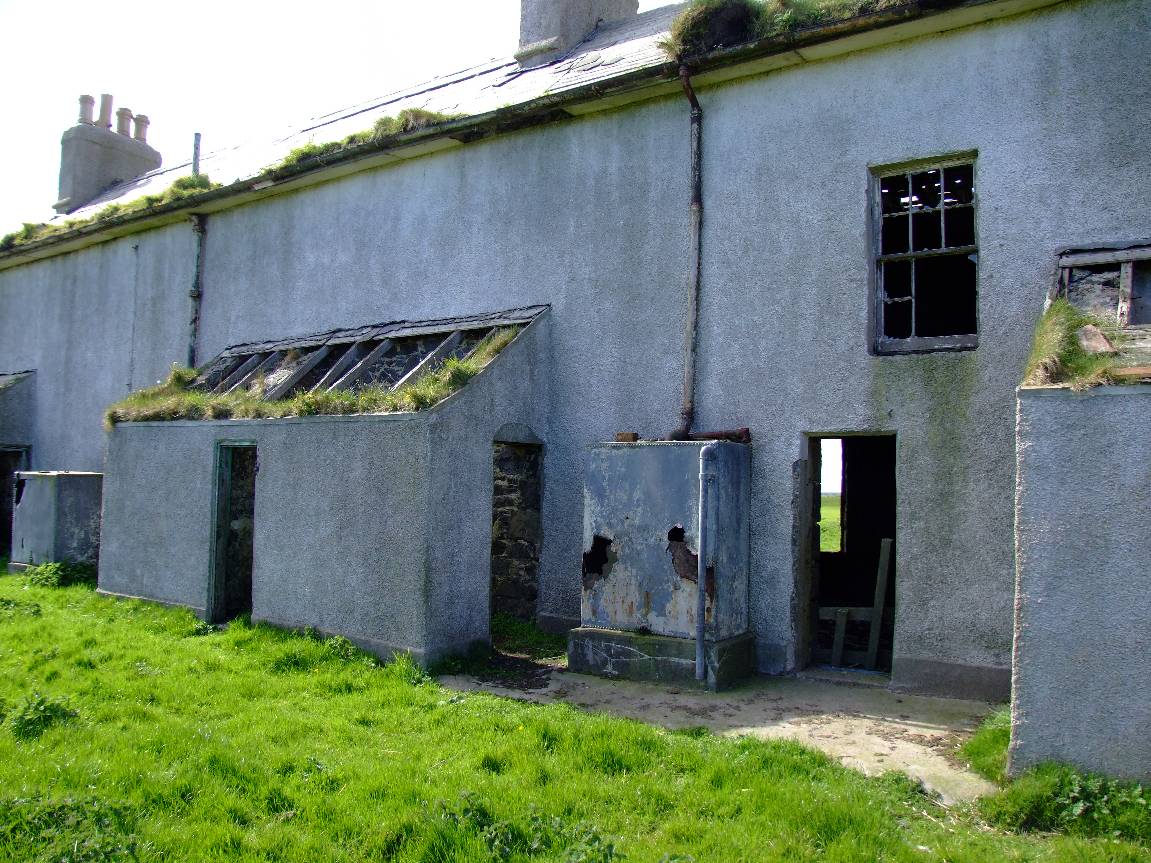
Looking almost straight through the cottages. Incredibly precarious, bits of roof were falling while I was there, and there was hardly a breath of wind. I imagine big lumps come tumbling when it gets a bit gusty...
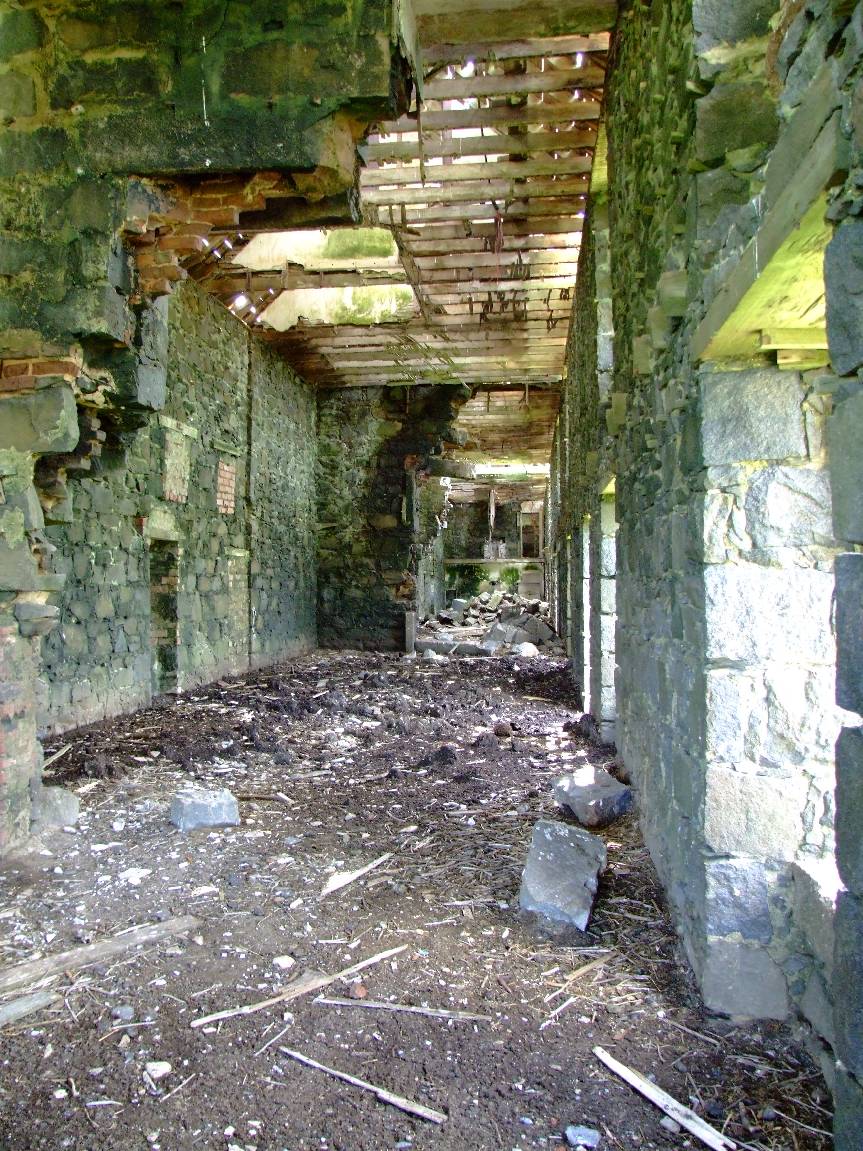
Salvaged for later use and stored in an outhouse, I doubt very much whether anyone will be coming back for this fireplace now...
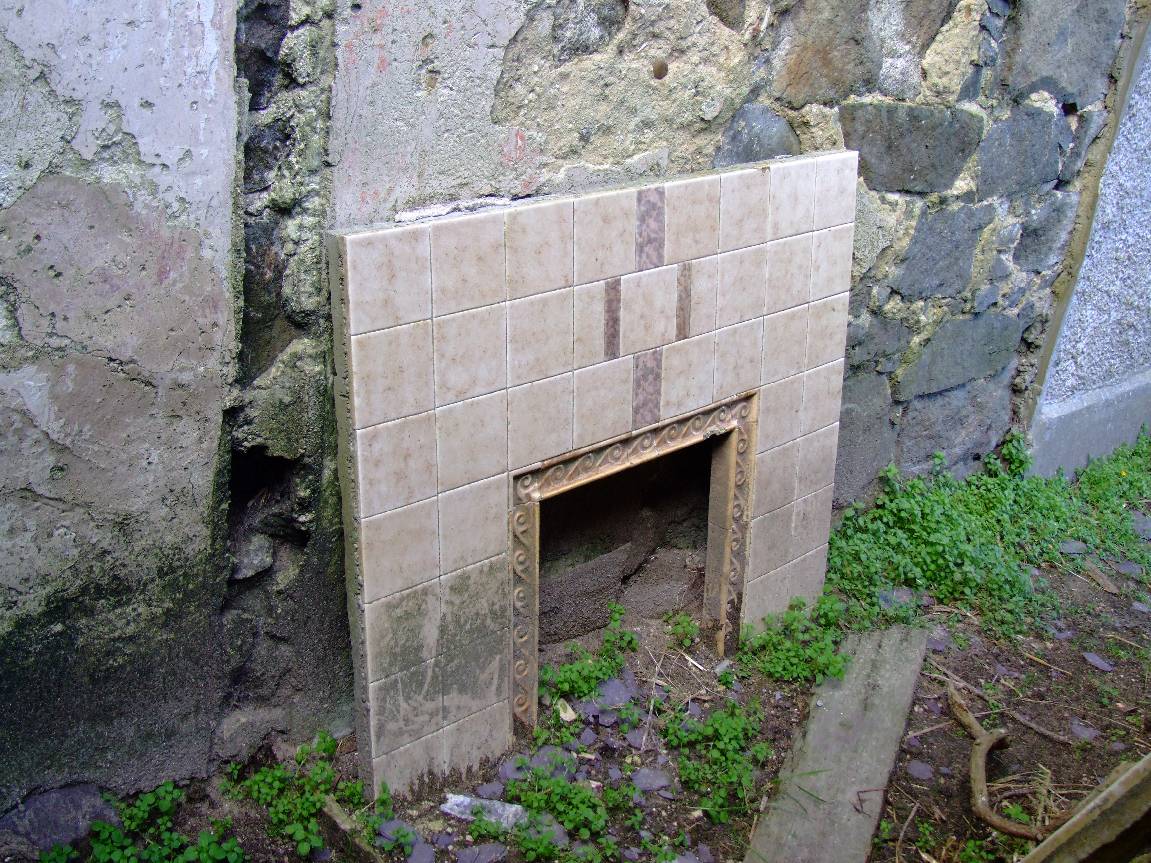
I risked a quick visit to the first floor...
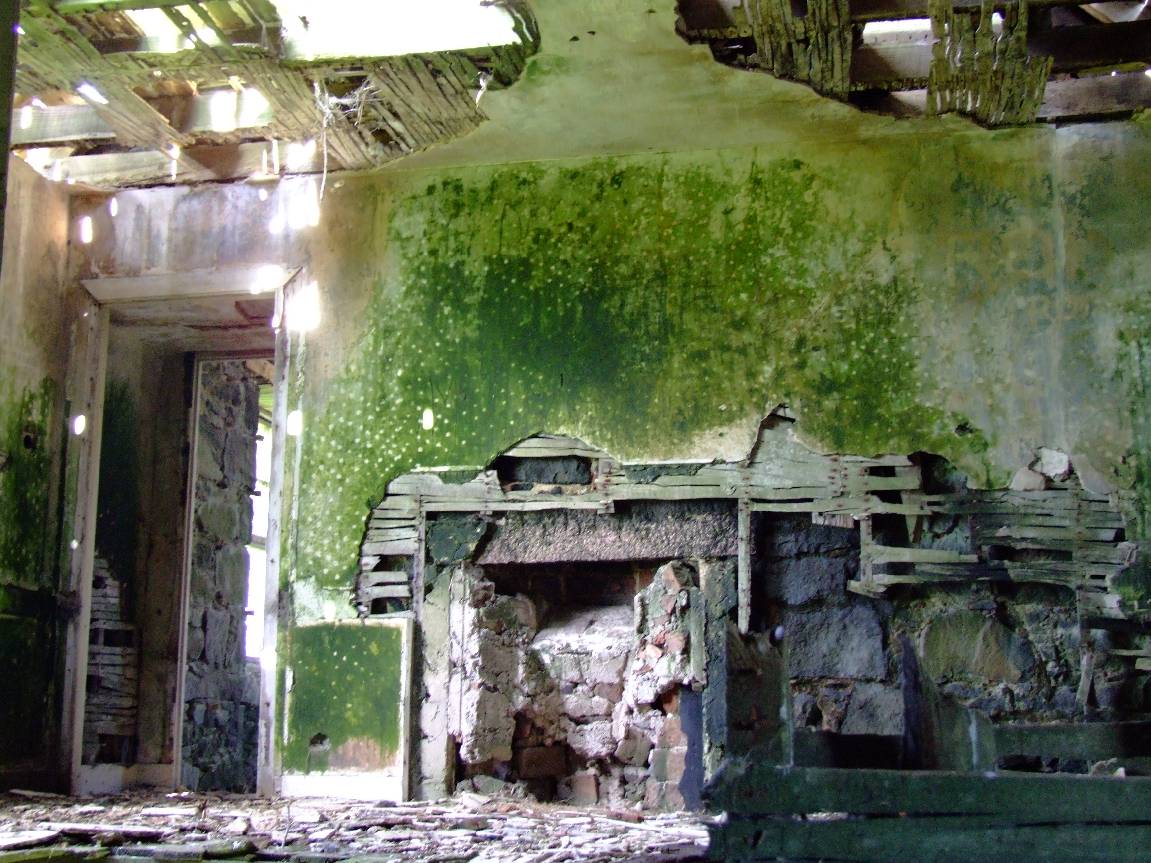
The Coastguard lookout post...
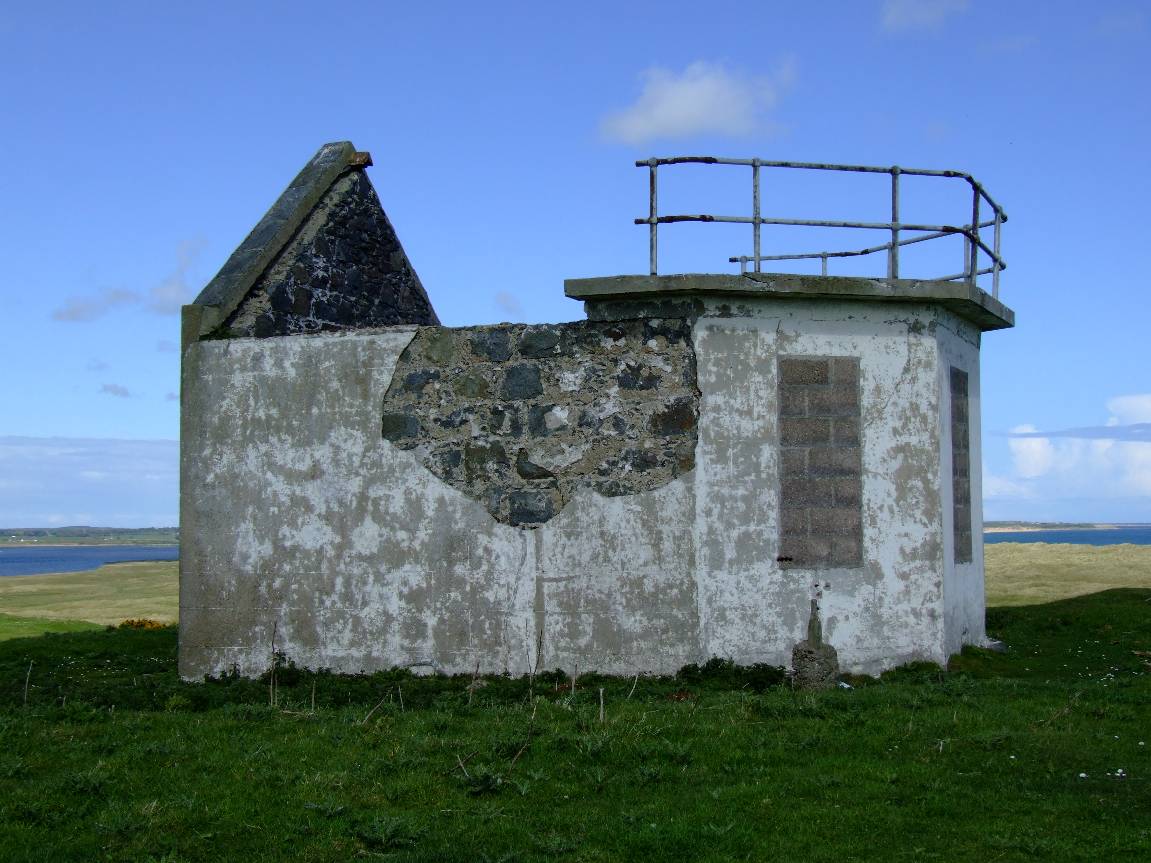
It can't have been all THAT long ago that this place was abandoned...
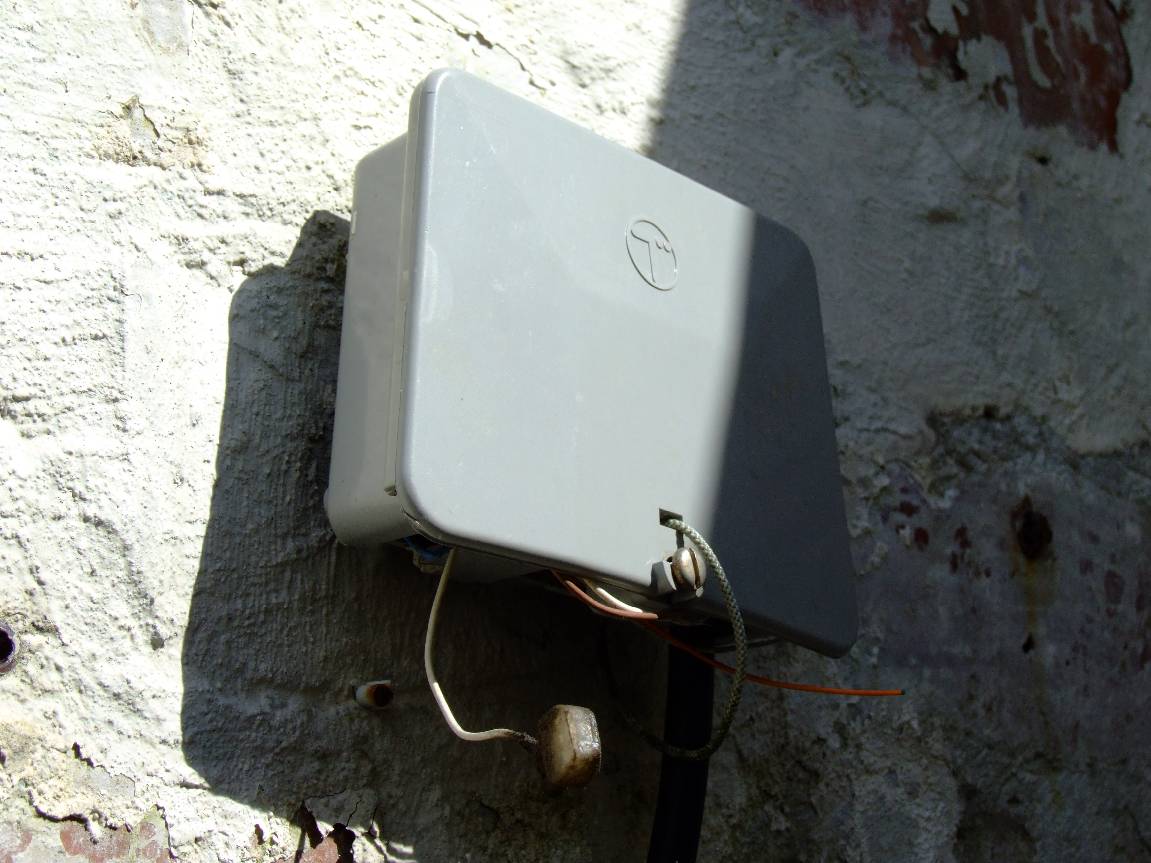
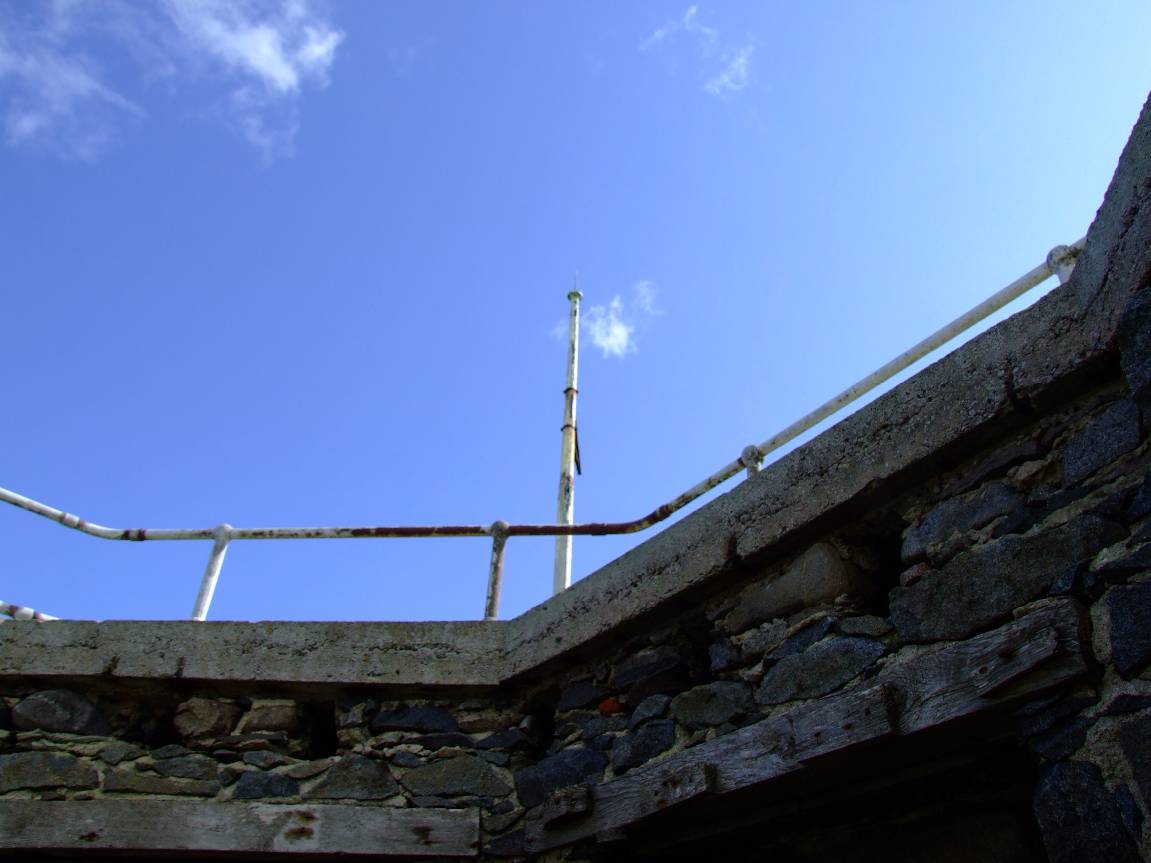
Next door neighbour. In the background is the Loch of Strathbeg. And beyond that, the masts at Crimond airfield...
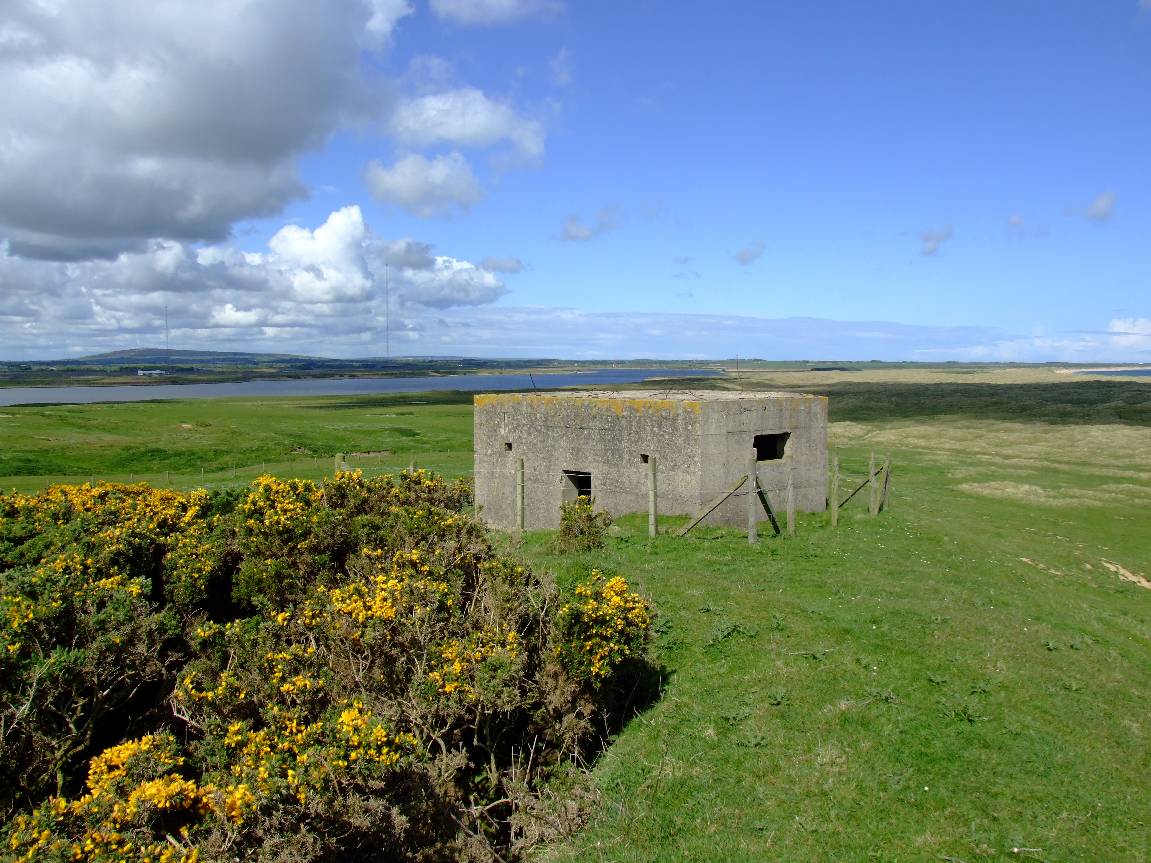
We didn't always have a refuse service. Rubbish used to be dumped in middens. I always find them fascinating, and am always amazed at the amount of pottery that used to be thrown away. This place is no exception, with the remains of what looked like mum's Best Sunday China, old stoneware bottles. And I was particularly taken with this glass stopper and what looks like the neck of a bottle. I didn't have the heart to dig down to see if it was intact. If it was broken, I'd have been gutted.
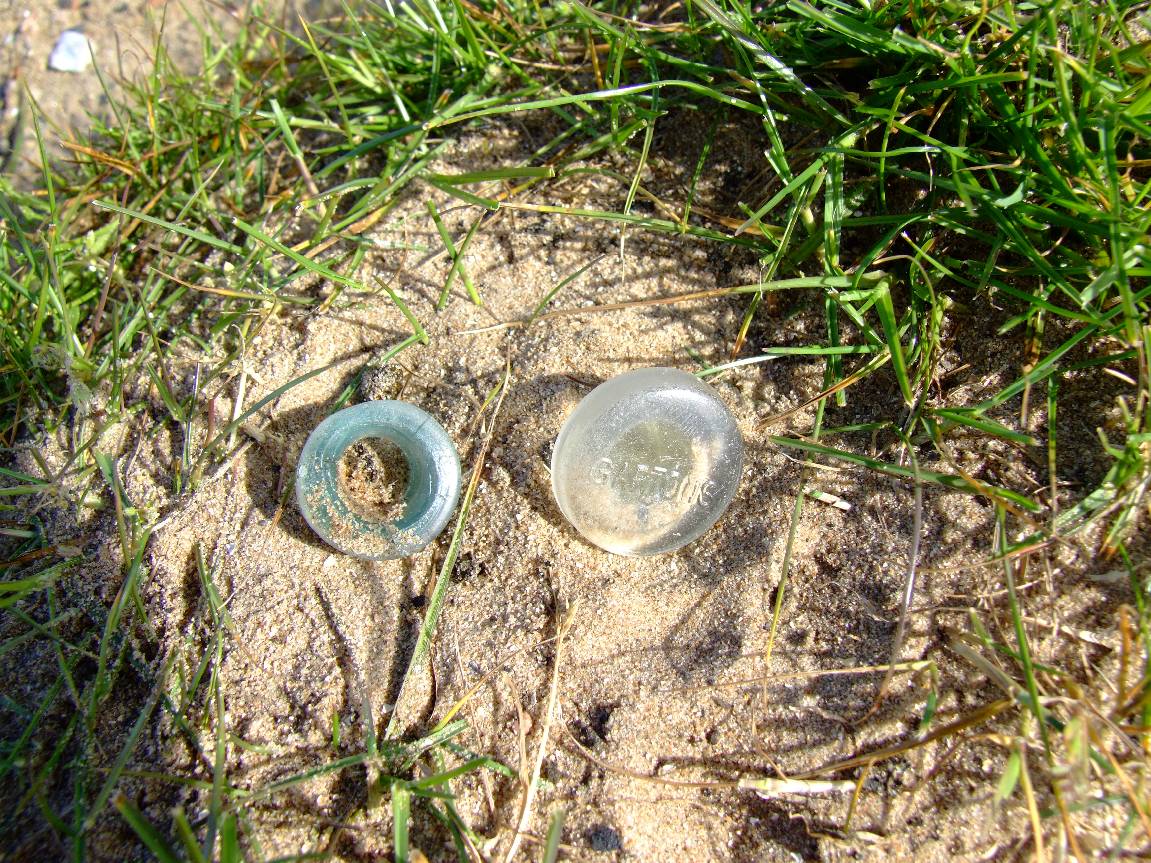
So what about other waste, I hear you ask. I assume that you mean, where did the poo go?
Well, come and have a look at this...
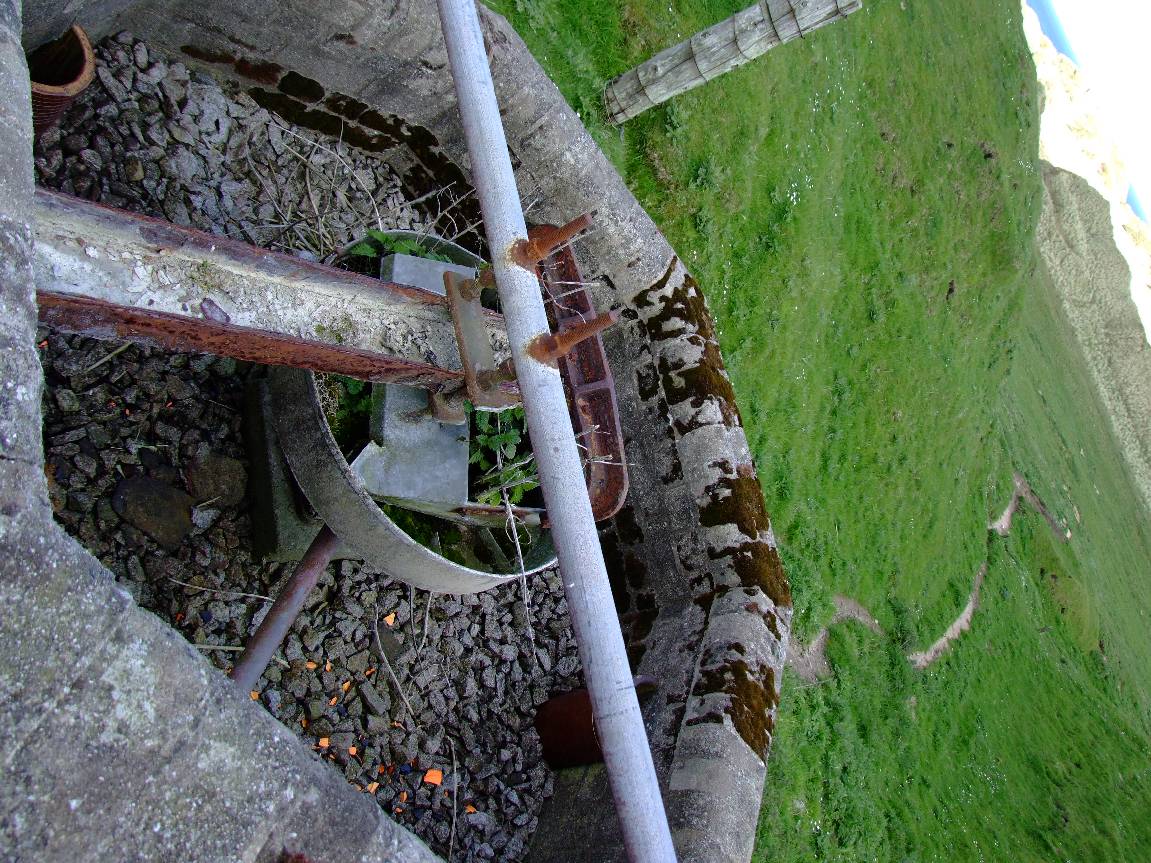
Yup, they had their own waste treatment plant. How cool is that? Self powered, the water and, erm, solids flowed down to the contraption above the gravel bed, turning the arms as it did so. The gravel gets progressively finer the further down you go, filtering out the nasty stuff, until the cleaned water runs off down the soakaway down the hill.
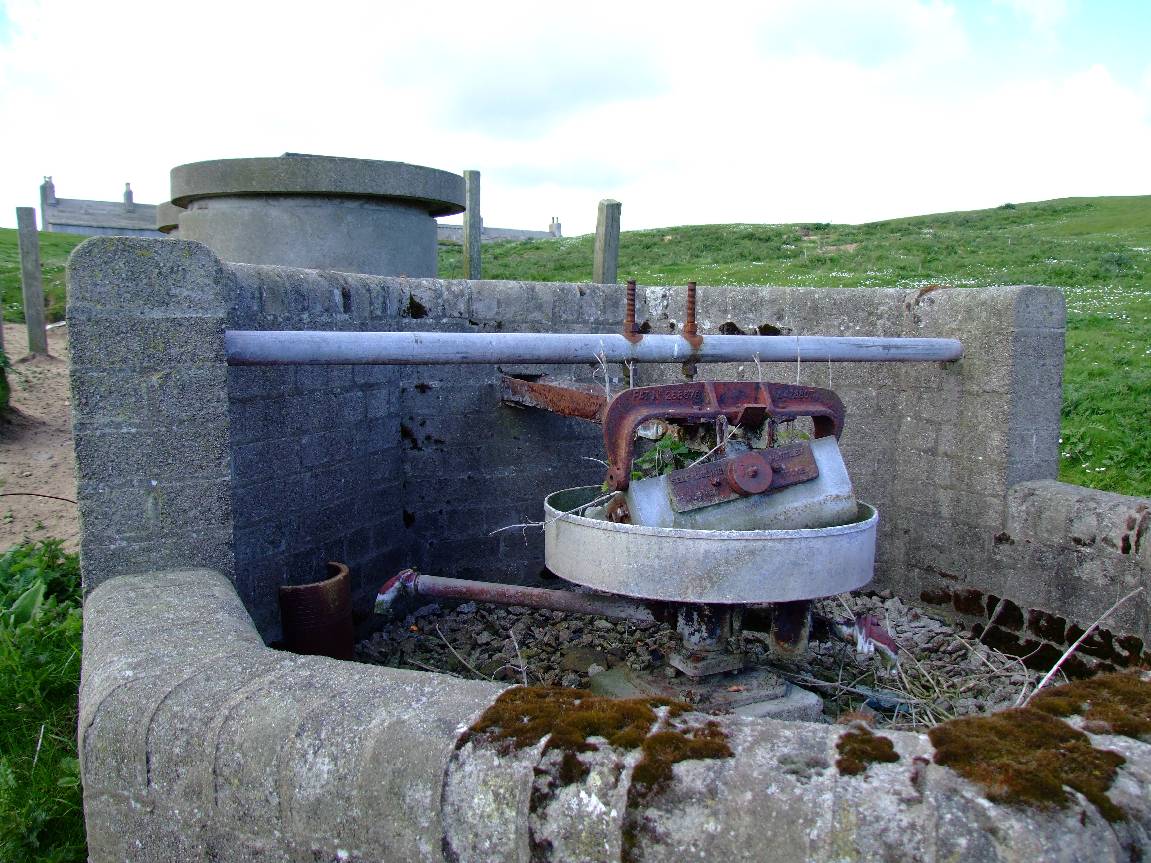
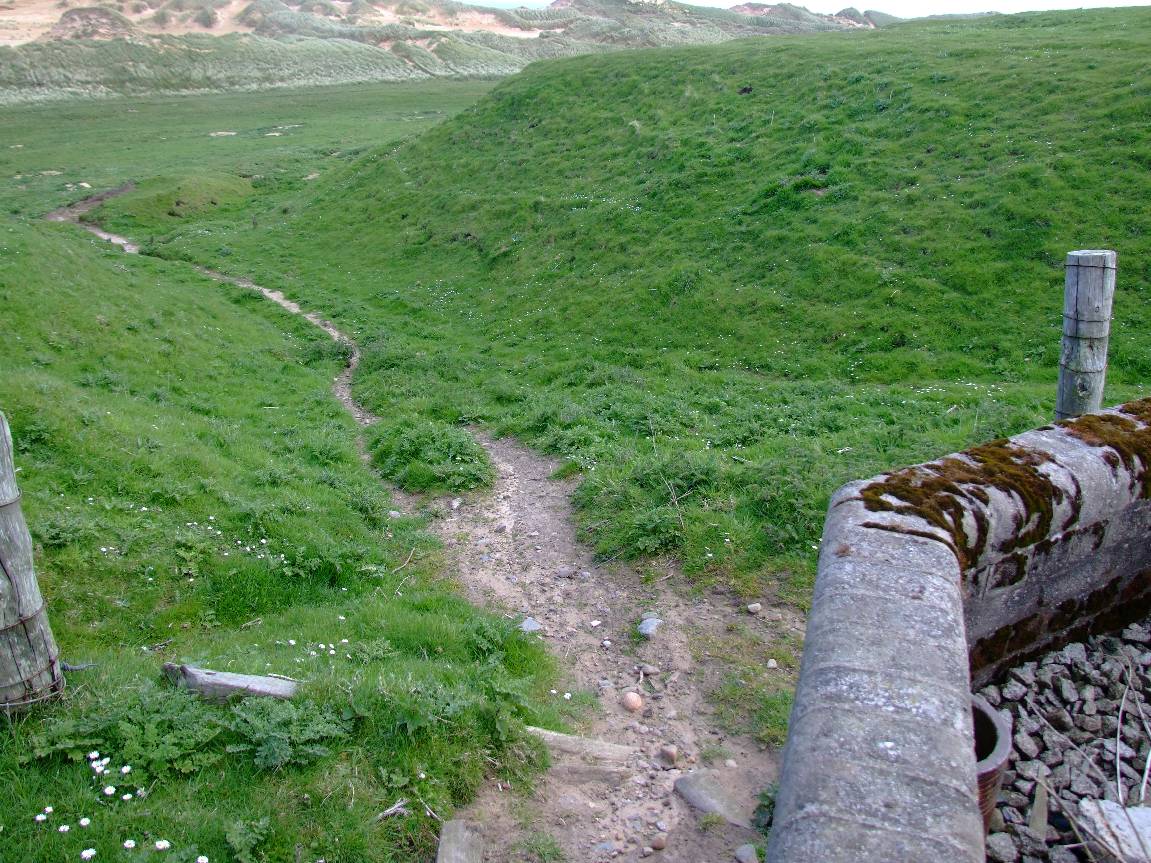
All in all, a pleasant way to pass a couple of hours. But since I was in the area, I thought I'd pop over and have a look at this. Seatown. An abandoned village, supposedly. Although a village that was a bit short on the actual dwellings department, but hey ho. How many houses do you need to constitute a village anyhow? My next thread will explain more...
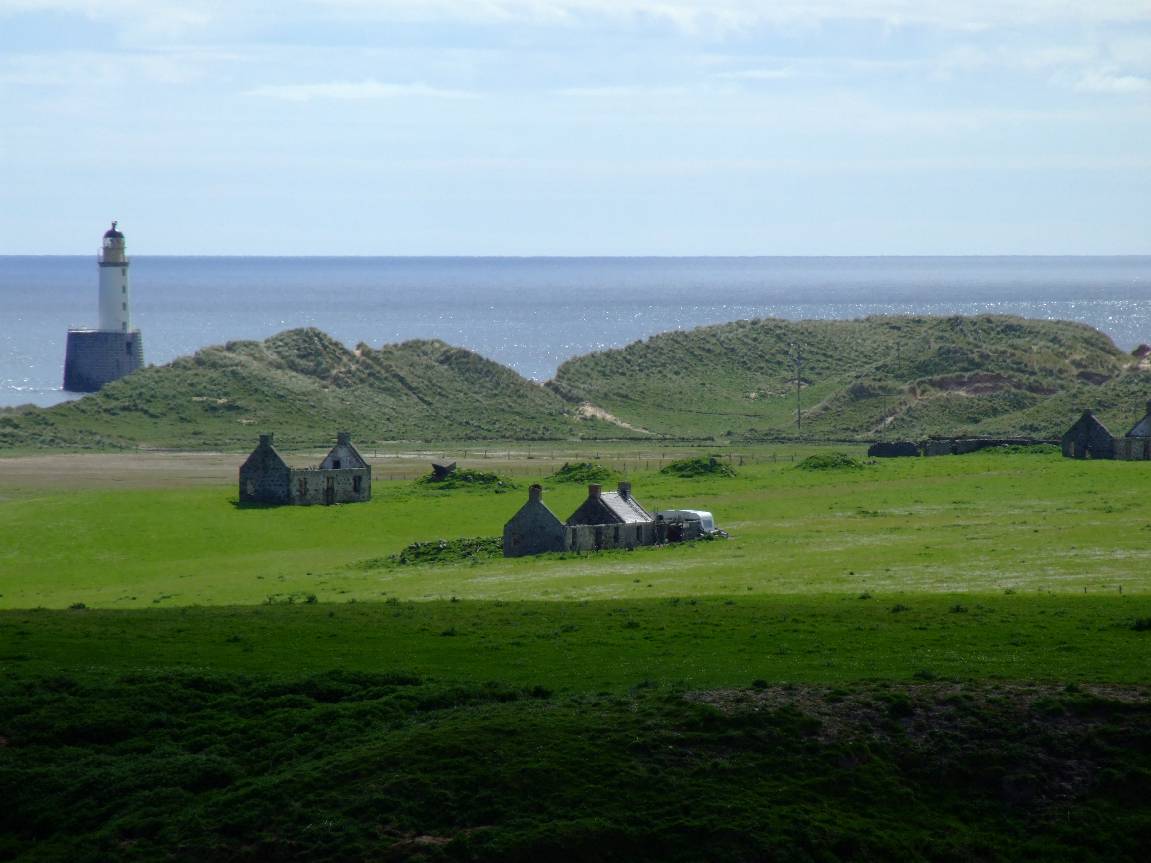
First stop was the old Coastguard lookout and cottages. I have been unable to find any info about this place, apart from a coastguard being stationed here back in the late 1800's. It has now rather obviously been abandoned for some considerable time.
It does look at first glance as if the lookout is a little bit lost, since much of the view of the sea is hidden behind sand dunes 100 feet high.
But I guess the sand was quite possibly not there during the early years of the station's life. In fact, the nearby Loch of Strathbeg at one time was open to the sea, until a huge storm threw up so much sand, the loch became land locked, leaving a ship loaded with slate trapped forever. So the dunes being in a constant state of flux, it's understandable how the view could become obscured over the years.
Anyway's on with the pics...
The road up to the site, showing the cottages and lookout...

A wee pump house? A nearby burn looks a likely candidate for a water supply...

Looking a little bit dry now, but the pump house was connected to here...

The cottages were terraced, each having three stories...

Water was obviously very precious, and every effort made to collect it and store for dry periods. Note the water tanks, fed from the gutter downpipes...

Looking almost straight through the cottages. Incredibly precarious, bits of roof were falling while I was there, and there was hardly a breath of wind. I imagine big lumps come tumbling when it gets a bit gusty...

Salvaged for later use and stored in an outhouse, I doubt very much whether anyone will be coming back for this fireplace now...

I risked a quick visit to the first floor...

The Coastguard lookout post...

It can't have been all THAT long ago that this place was abandoned...


Next door neighbour. In the background is the Loch of Strathbeg. And beyond that, the masts at Crimond airfield...

We didn't always have a refuse service. Rubbish used to be dumped in middens. I always find them fascinating, and am always amazed at the amount of pottery that used to be thrown away. This place is no exception, with the remains of what looked like mum's Best Sunday China, old stoneware bottles. And I was particularly taken with this glass stopper and what looks like the neck of a bottle. I didn't have the heart to dig down to see if it was intact. If it was broken, I'd have been gutted.

So what about other waste, I hear you ask. I assume that you mean, where did the poo go?
Well, come and have a look at this...

Yup, they had their own waste treatment plant. How cool is that? Self powered, the water and, erm, solids flowed down to the contraption above the gravel bed, turning the arms as it did so. The gravel gets progressively finer the further down you go, filtering out the nasty stuff, until the cleaned water runs off down the soakaway down the hill.


All in all, a pleasant way to pass a couple of hours. But since I was in the area, I thought I'd pop over and have a look at this. Seatown. An abandoned village, supposedly. Although a village that was a bit short on the actual dwellings department, but hey ho. How many houses do you need to constitute a village anyhow? My next thread will explain more...

Last edited:
































